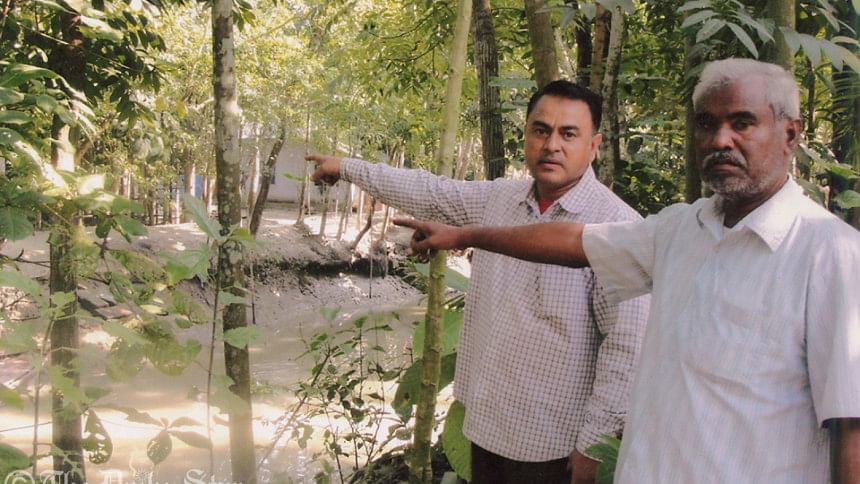Most mass graves in 3 southern districts still unmarked

Eighty-five percent mass killing grounds in three southern districts of Bangladesh are yet to be marked and conserved even 45 years after the victory of Liberation War.
The researchers of genocide studies of Bangladesh Liberation War told our correspondent in Barisal that they collected information about at least 68 mass killing grounds in Barisal, Jhalakathi and Pirojpur districts of southern region of the country.
Memorials of only three mass graves were constructed at the cost of public fund and eight memorial signs were erected under private funds and initiatives in this regions.

Sushanta Ghosh, leading the research team, said according to the reports published in media, statements of witnesses, documents preserved by the family members of the victims, at least 15 to 20 thousand innocent people were killed by West Pakistani army at those mass killing grounds during the war.

Out of 68 mass killing grounds, 33 were under Barisal, 9 in Jhalakathi and 26 in Pirojpur districts.
The 33 mass killing grounds of Barisal district 3 were in Sadar upazila, 4 in Gournadi, 6 in Agoiljhara, 3 in Bakerganj, 5 in Banaripara, 2 in Babuganj, 5 in Wazirpur, 2 in Muladi and 3 are situated in Mehendiganj upazilas.
Bidhan Sarkar and Bappi Majumdar, co-researchers of Genocide Searching and Studies team, said although witnesses could locate the killing grounds and identify some names of the martyrs, to collect and verify those information, helps from different organisations of the government is necessary.

Moklesur Rahaman, commander of Barisal City Muktijoddha Sangsad, said history of the Libration War was distorted many times, derailed, forgotten and exaggerated in last 45 years because of our negligence.
"To preserve history of the Liberation War, we are calling up on the government to start conservation programmes as soon as possible," he added.

Marks of the Liberation War would be lost if the government does not take immediate steps, he added.
Md Ahsan Habib Kamal, mayor of Barisal City Corporation said, BCC has started conservation and beautification activities under a project costing Tk 3 crore at WAPDA mass killing ground area.
"Bunker, torture cell and other sites would be preserved under this project," he added.

 For all latest news, follow The Daily Star's Google News channel.
For all latest news, follow The Daily Star's Google News channel. 



Comments